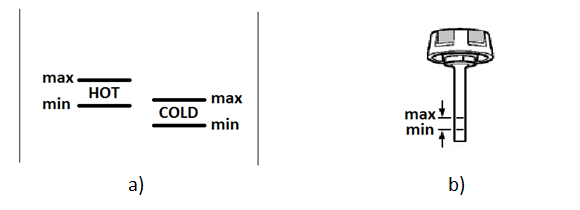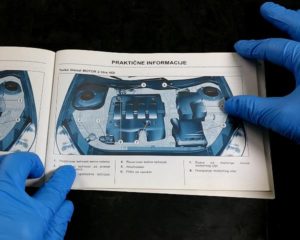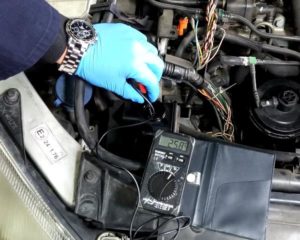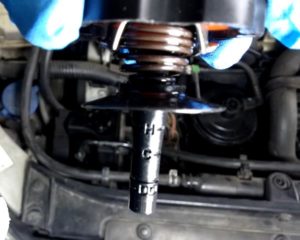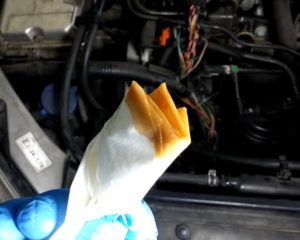Power steering fluid check
Vehicles have the most common hydraulic power steering system. The hydraulic pump pushes the fluid under pressure through pipes to the drive gear on the steering wheel or to the gear rack. Power steering fluid must be at the proper level. When the fluid level is lower, there is a danger of air being sucked into the hydraulic system and malfunctioning the servo control system. This usually happens when the engine and power steering fluid are cold so the level is below the minimum. Also, when the engine is warmed up, the power steering fluid is heated and the volume and fluid level are increased. If the fluid exceeds the maximum level, it will overflow.
The tank is usually on the hydraulic pump itself. The minimum and maximum fluid levels are indicated on the tank. Often there is a mark next to the marking whether the measurement is done when the fluid is cold or heated. If this is not indicated on the tank, the information is obtained from the vehicle’s technical documentation. Some tanks have markings for both fluid states (a). Some systems have a dipstick to measure the level of power steering fluid as part of the tank cover (b).


